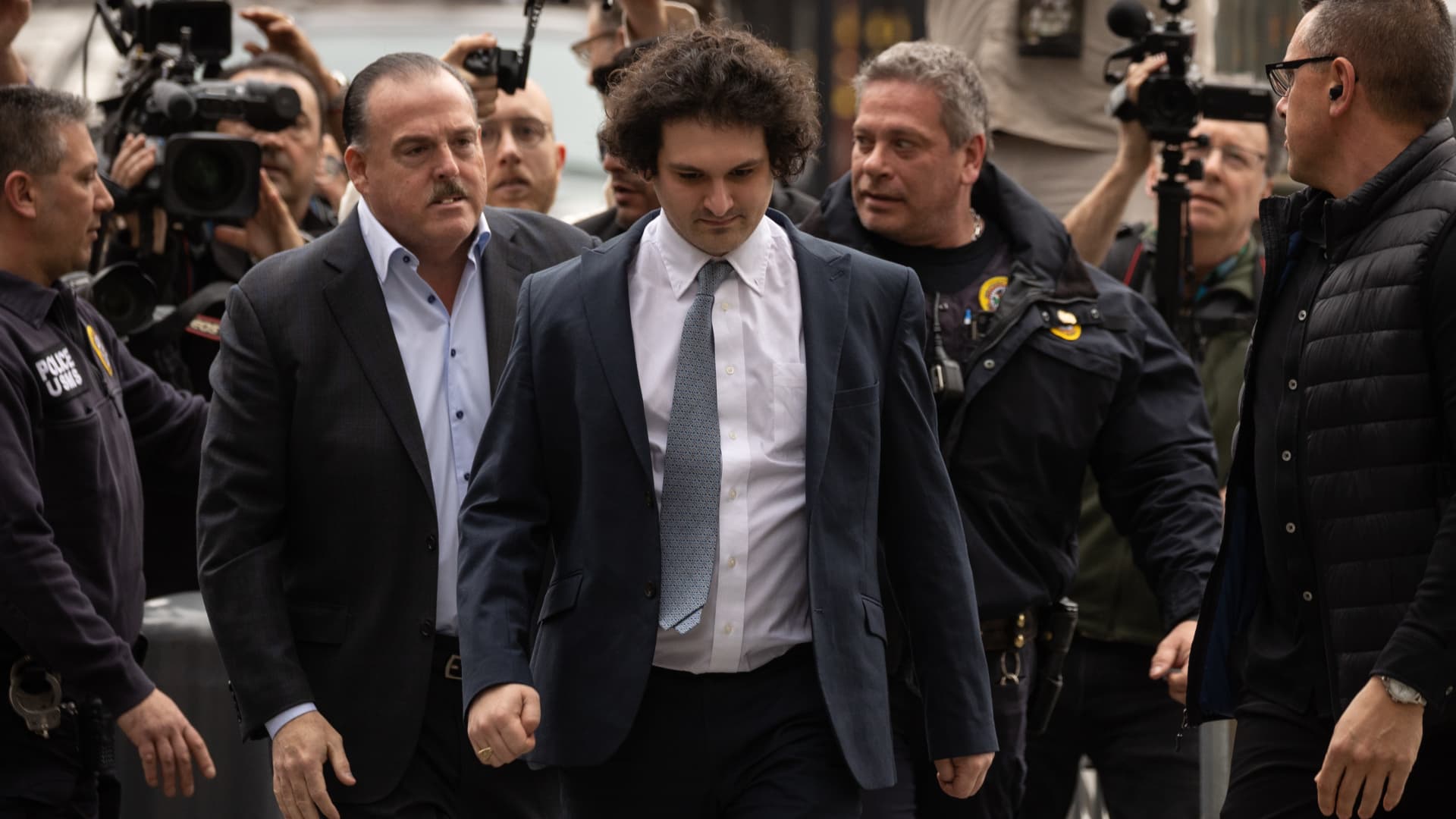Mornings are the toughest — waking up, realizing he can’t just get out of bed, there are extra steps he must take to start the day.
But then, Lucas Arsenault remembers he should not have survived.
Half a year ago, the 27-year-old professional kiteboarder from the Acadian community of Mont Carmel, P.E.I., was attacked by a shark while snorkelling in the Caribbean. His right leg was amputated. Arsenault thought he would never be back on the board, but through positivity and drive he’s again doing what he loves.
It was supposed to be a quick trip to Turks and Caicos in late May, where Arsenault once taught kiteboarding, where he had swam and surfed hundreds of times.
It was there, about a kilometre off the northern coast, that something struck him in the chest.
“I got smoked in the ribs really hard,” he said, thinking a boat had hit him.
“But then I turned around and I saw this face of a shark.”

‘My leg was a cookie’
Arsenault estimates it was two to three metres long. The shark latched on to his right knee and started shaking him back and forth underwater. He could hear popping noises.
“I could feel it’s just ripping skin, and the bite strength is so strong I could hear bones shatter instantly,” he said. “My leg was a cookie.”
He remembers thinking: “Oh my God, I’m 27, life’s over. Done.”
Arsenault tried to punch the shark, and to pry open its mouth, to no avail.
Luckily, it brought him back to the surface, so he was able to get a breath before being pulled under again.
“That’s when I got a clear vision of him,” he said. “I saw the eyes. And that’s what allowed me to get out because I was able to poke his eyeballs.
“As soon as I made him uncomfortable, he let go.”
‘Last moments’
Arsenault says the attack lasted roughly 30 seconds, but felt like an hour. Still running on adrenaline, he managed three or four big strokes to swim to the boat, where his girlfriend acted quickly, tying a makeshift tourniquet around his leg.
“It was traumatizing,” said Jory MacIsaac. “When he was in the water… everyone felt the most helpless. When we had gotten him back on the boat… you could do something.”
Their group of six also included Arsenault’s father. He remembers looking at his family, stricken and thinking these were his “last moments.”
“I’m wondering, ‘How is this going to work? Is it any moment? Do I pass out? I just want to go easy,'” he said.
But he did not lose consciousness. He focused on his breathing though, with a glance at his leg, he knew there was no saving it.
Back at shore, a doctor happened to be tending to his boat. He even had an oxygen tank and a proper tourniquet. This was a turning point for Arsenault.
“He was so confident and his voice was so calm,” he said. “As soon as he gave me that confidence, my mind shifted. [Dying] wasn’t an option for me anymore.”
Life without a right leg
Arsenault can’t quite explain how he remembers these details so vividly — from the attack to the nine-hour surgery in which doctors amputated his right leg above the knee, and repaired tendon and nerve damage in his remaining limbs he used to try and open the shark’s mouth.
“I remember opening my eyes and, having fought for [my] life for so long, I could not move a finger. Everything was consumed to the max,” he said.
He felt his phantom leg immediately. His entire body — throbbing with pain. His head — swimming with uncertainties and questions about how he would live this new life.

Those were “dark times,” he said. “It’s impossible to stop your mind from thinking about all the outcomes. Will I ever be able to drive again? How am I going to go to the bathroom at night?”
After three blood transfusions, Arsenault was stable enough to be flown to Toronto where he received care for 23 days at St. Michael’s Hospital. He was never alone there, always with MacIsaac, and friends and family members who visited.
That support continued through his recovery — the kiting and P.E.I. communities fundraised online, and breweries sold beers named in his honour.
‘I’m a few pounds lighter’
During a recent workout at a gym in Summerside, P.E.I., Arsenault was doing pull ups, opting to take his prosthetic leg off, leaning it against a squat rack.
“Pull-ups are nice because I’m a few pounds lighter,” he joked.
Throughout his day, he sprinkles in humour and positivity.
“I shouldn’t have survived that,” he said. “If you’re going to face a 1,000-pound tiger shark and you come out what I came out like you’re pretty happy in the end.”
With that mindset, Arsenault progressed swiftly, though he was careful not to set goals. Instead, he listened to his body. His only aim was to play a round of golf before summer ended.
His first few weeks were spent in a wheelchair, then he graduated to a walker, and eventually crutches. Finally, after 10 weeks, he took those first tentative steps with a prosthetic leg while holding parallel bars.
Then, onto bigger challenges. Through hundreds of hours of rehabilitation, slowly building his strength and, at times, pushing his limits, Arsenault found a way to be active again.
By summer, he played that first round of golf.
And, in early September — a moment he once thought might never happen — he again went kiteboarding.
“Just gratitude. Just happiness,” he said of his feelings at the time. “Just an overwhelming wave of emotions.”
Arsenault says that moment wasn’t planned, that the wind conditions were right and he was feeling good. He remembered how to ride the board, how to fly the kite, but said it was “bittersweet.”
“That’s when it settles into your stomach things are different,” he said. “I won’t be the same as I was before, but I do get to do it.”
Though he tired quickly, the experience lit a fire in him, inspiring him to push himself to get stronger. Since then, he’s managed a bicycle ride down the street and swam in a pool.
At the same time, he has been working with his prosthetics team.
“For Lucas, goals are going to be how far can we get him back to his pre-life?” said Todd Waite, a prosthetist-orthotist at Queen Elizabeth Hospital in Charlottetown. “He’s not going to be walking 10 steps. He probably wants to walk 10K.”
Waite says he was “shocked” when Arsenault sent him a video of him kiting for the first time.
“It’s exceptional.”
Gradually, Arsenault is adapting to his new normal. He begrudgingly cut the right legs off his wetsuits to fit his prosthetic leg. He’s assessing his boards to see which will work best. He also has different legs for different activities.
To him, all these steps represent a new start, one punctuated with a visit to Turks and Caicos.
In November, he and his family travelled there to make peace and new memories. He also proposed to MacIsaac, who is now his fiancée.
“It was a little emotional to go back, but it was much better than anticipated,” he said.
While he might not go snorkeling for a while, or ever, he says there’s nothing he regrets about that day.
“I lost enough physically that I don’t want to lose more in my life. I still have lots left to do.”







